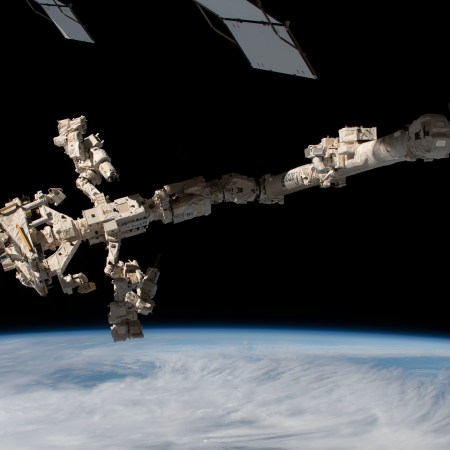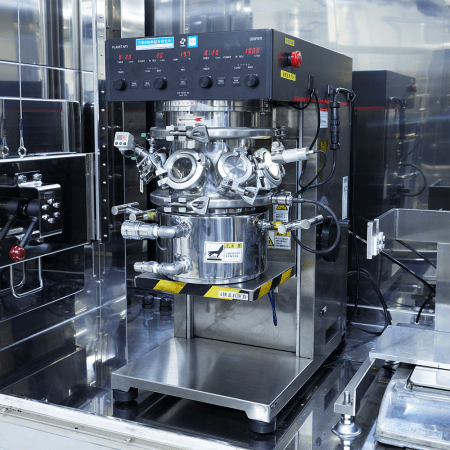The United States’ line of X-planes has a long history, beginning with the Bell X-1 that Chuck Yeager flew when breaking the speed of sound. The program didn’t end there, though — and the latest plane in the X series is scheduled to make its next test flight later this year. That would be the X-57 Maxwell, an all-electric aircraft that NASA referred to as “a pathfinder for a new generation of electric aircraft” in a recent statement.
As a recent article at Smithsonian Magazine points out, that test flight might be the swan song for the plane as well. The article notes that funding for the program will come to an end by the end of 2023. That isn’t quite as ominous as it seems — the X-57 is, after all, an experimental aircraft, and one assumes that the technology used to get it into the air and keep it aloft will continue on in other forms even if the X-57 itself does not.
As for what powers the X-57, Smithsonian has details there as well. The answer is 800 pounds of batteries spread out over 5,000 cells. This, the article explains, is known as “Modification 2,” with a design known as “Modification 4” originally slated to be the final iteration of the plane.
In terms of what caused the delays in getting that version into the air, you might be able to venture a guess. Hint: the pandemic slowed down a lot of things over the last few years, and test flights were no exception.
“The X-57 project is a major contributor to NASA’s sustainable aviation mission because it focuses on using rechargeable lithium-ion batteries rather than normal fuel,” said deputy flight systems lead Kassidy McLaughlin in a recent interview. “Using rechargeable batteries will help reduce the use of fossil fuels which could have a positive impact on the environment and make commercial flight more sustainable.”
In other words, that test flight could have an influence far greater than what you might expect.
Thanks for reading InsideHook. Sign up for our daily newsletter and be in the know.

















